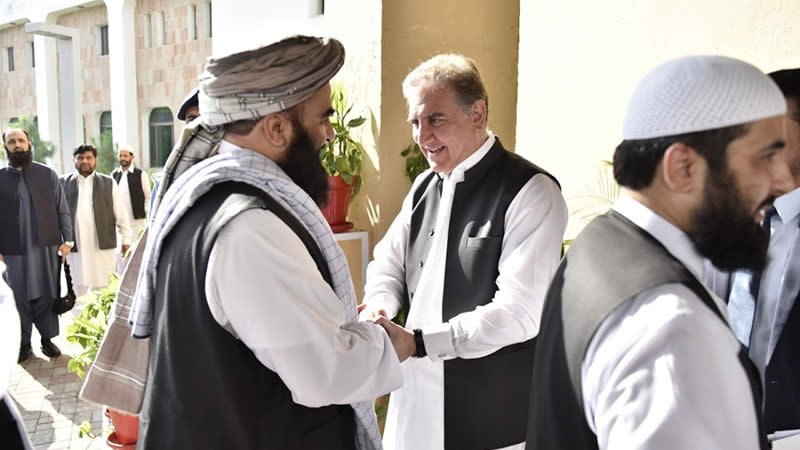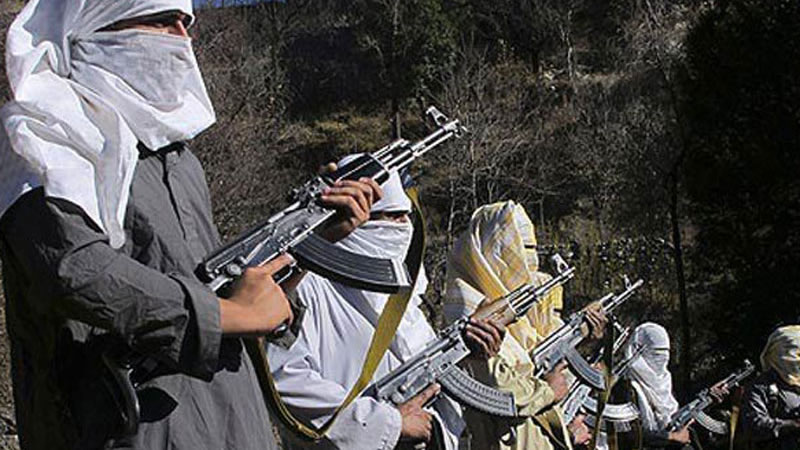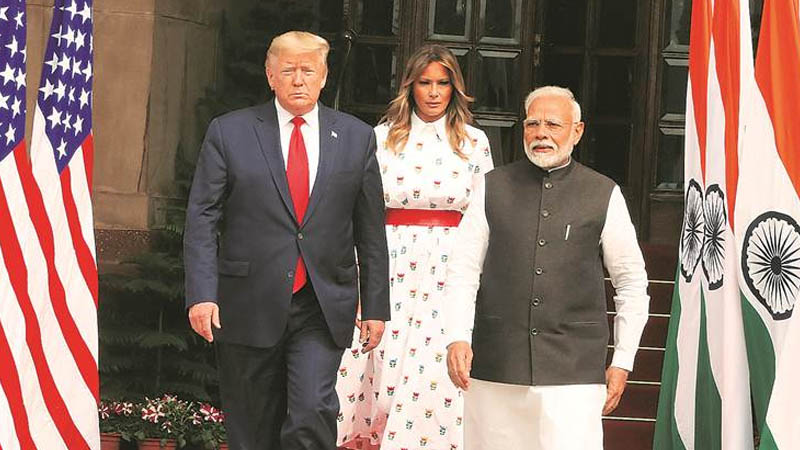 The Hatf V was tested successfully by the Army Strategic Force Command on Tuesday, with the missile, also called the Ghauri, demonstrating that Pakistan’s nuclear capability was secure. The Ghauri, an intermediate range ballistic missile using liquid fuel, can reach a range of 1300 km, and can carry both nuclear and conventional payloads. This contrasted with India’s failure when it tested the Agni-II last week. While that was supposed to be a scientific test on a missile that has not yet reached the production stage, the Ghauri test was under field conditions, and was as much a test of the officers and men of the Strategic Force Command as of the missile itself, a test which it seems they passed with flying colours. Though the expense of missiles has been added to that of nuclear weapons, it is an essential component of the minimum deterrence Pakistan must practice to survive in a region which includes India, and that too on an arms-acquisition spree. Apart from the nuclear deterrent, conventional arms, such as F-16 planes and Agosta submarines, are essential to national defence, because Pakistan’s main potential opponent, India, with which it has fought three wars, and with which it still has a number of live disputes, the main one being Kashmir, has to be convinced not only that any conflict could attain nuclear dimensions, but also that any show of aggression would be met with an appropriate conventional response.Thenation
The Hatf V was tested successfully by the Army Strategic Force Command on Tuesday, with the missile, also called the Ghauri, demonstrating that Pakistan’s nuclear capability was secure. The Ghauri, an intermediate range ballistic missile using liquid fuel, can reach a range of 1300 km, and can carry both nuclear and conventional payloads. This contrasted with India’s failure when it tested the Agni-II last week. While that was supposed to be a scientific test on a missile that has not yet reached the production stage, the Ghauri test was under field conditions, and was as much a test of the officers and men of the Strategic Force Command as of the missile itself, a test which it seems they passed with flying colours. Though the expense of missiles has been added to that of nuclear weapons, it is an essential component of the minimum deterrence Pakistan must practice to survive in a region which includes India, and that too on an arms-acquisition spree. Apart from the nuclear deterrent, conventional arms, such as F-16 planes and Agosta submarines, are essential to national defence, because Pakistan’s main potential opponent, India, with which it has fought three wars, and with which it still has a number of live disputes, the main one being Kashmir, has to be convinced not only that any conflict could attain nuclear dimensions, but also that any show of aggression would be met with an appropriate conventional response.Thenation











